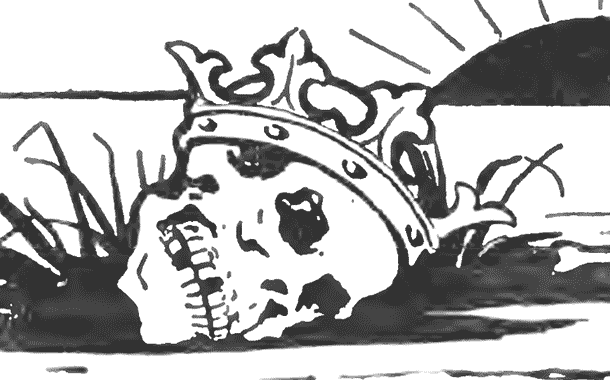<![CDATA[Archaeologists from the Universitat Autonoma de Barcelona have recently found evidence of a Bronze Age palace that existed in the Iberian Peninsula. The scientists also discovered the tomb of a prince with grave goods inside, including silver diadems and gold and silver ear dilators. The excavations were conducted in August and led by Vicente Lull, who was helped by other researchers from UAB's Department of Prehistory. The excavations took place on a historic site called La Almoloya, which is in Pliego, Murcia. It is located on a steep plateau, which was occupied for more than six centuries over 2000 years ago. The site was home to the "El Argar" civilization, which lived in the south-eastern part of Spain during the Bronze Age. From this find, the researchers believe that La Almoloya was a site of importance for both politics and wealth. Lull and his team found the remains of many buildings, along with dozens of tombs. The buildings were urban housing, and are a prime example of Bronze Age architecture in Europe. The walls were built with stones and argamasa, and covered with mortar. Some of the walls were finished with a unique Argaric artistic style, characterized by stucco decorated with geometric motifs. The architecture of the buildings revealed that La Almoloya was densely populated, with several residential complexes that were up to 300 square meters in size. Each of these residence buildings contained up to twelve rooms. One of the most impressive discoveries was that of a large hall, which had the capacity to seat 64 people on the benches that lined its walls. The hall had a fireplace and a podium. It is not completely sure what purpose the hall served, but the archaeologists are guessing that it may have had a political function. The archaeologists believe that much of the happenings in La Almoloya and the surrounding areas were planned and decided in this room. Evidence of adjoining rooms has also been found, which makes the researchers believe that the building may have been a palace. This is the first time that such a building has been discovered in Western Europe. As a matter of fact, the only civilizations that built similar buildings to this were oriental ones. Objects recovered from the buildings include metals, bones, ceramics, stones and fabrics. They were all very well preserved. The researchers collected objects from graves as well, about fifty of which were buried under the buildings. There was one grave in particular that had the remains of a man and woman buried with their bodies in a flexed position, with some thirty objects containing precious stones surrounding them. They also found four ear dilators made of gold and silver, as well as silver rings, earrings and bracelets. In addition they found a ceramic cup with the rim, handle and outer sections decorated with fine silver. The items found are of great historic relevance, and the scientists will now conserve and study these materials to learn more about ancient La Almoloya.]]>
Evidence of Bronze Age Palace Found in Murcia
